THE EDIT
Your monthly briefing on the journey to fossil freedom
Issue #18, Energy saving, November 2024
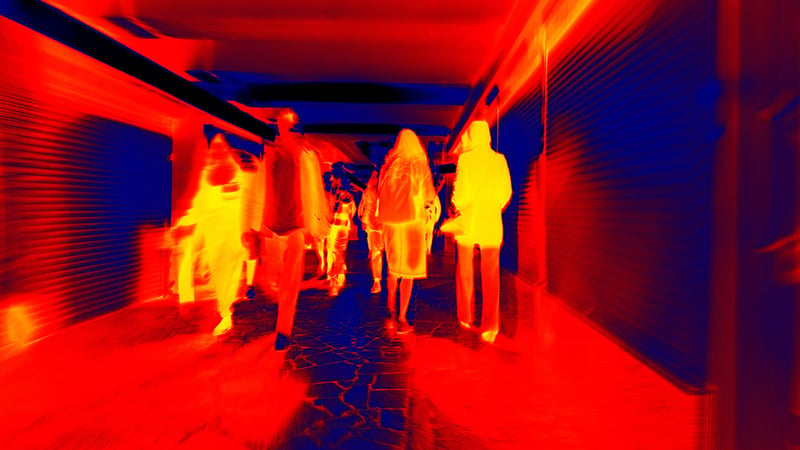
A person in motion generates enough heat energy to power multiple light bulbs for several hours. Harnessing heat on a larger scale is helping cities and industries become more energy-efficient. Photo: Adobe Stock
Why residual heat turns out to be a hot solution
What to know: Half of the world’s energy consumption is used to heat buildings, and sustainable heating must double by 2030 to meet climate targets. One solution is capturing heat from people, machines, and industries like data centres, and repurposing it for homes, offices, and hospitals. “The fundamental idea was simple: where should we have our data centre to benefit as many stakeholders as possible from a systems perspective,” says John Wernvik, Chief Marketing Director of EcoDataCenter in northern Sweden.
Why it matters: As energy demands rise, finding more circular ways to reuse heat, drives efficiency and reduces emissions. Policies at the EU level are starting to accelerate this shift, with growing emphasis on the recovery of residual heat, particularly from data centres. The untapped potential of this solution could help create more resource-efficient cities and industries.
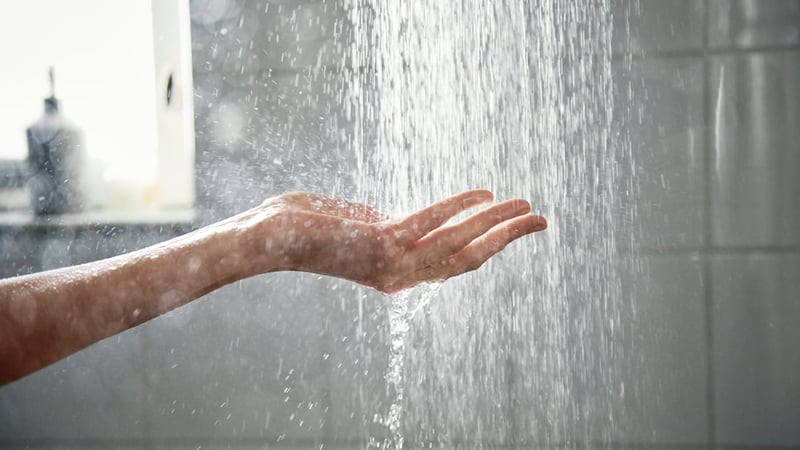
Photo: Vattenfall
How Dutch homeowners slash costs with solar-powered water heating
Vattenfall’s solar-powered boiler lets Dutch homeowners store and use their own solar energy to heat water, reducing reliance on costly fossil gas. This meets demand from customers eager to maximise their use of self-generated energy. With the solar boiler, homeowners can now use up to 80 per cent of their solar power, cutting both costs and gas use.

Winds of change: Turning turbines into homes
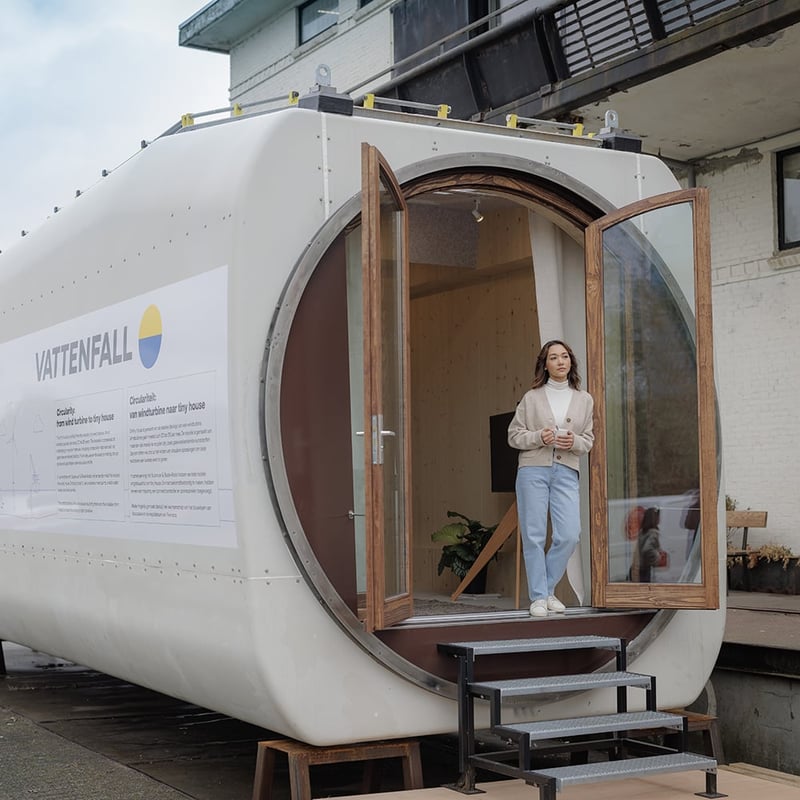
Reuse instead of remelting. Photo: Vattenfall
A tiny house made from a repurposed wind turbine nacelle shows the creative reuse of turbine parts. This is just one of the results, as Vattenfall invited several design firms to explore innovative ways to turn discarded materials into sustainable solutions.
News flash
3 x quick updates from the energy world
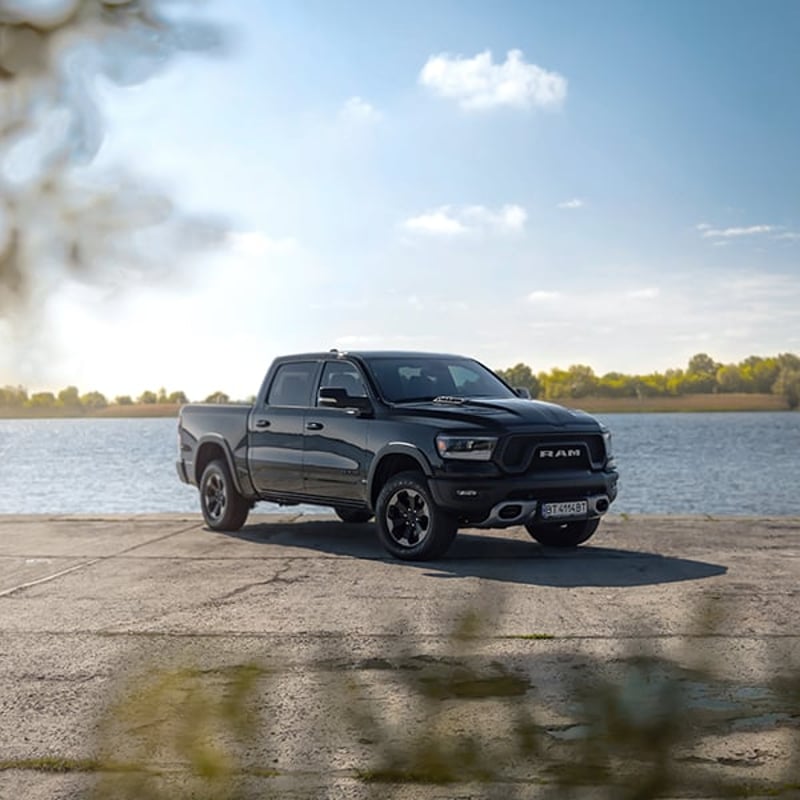
The pickup dilemma
The petrol-powered pickup is as American as apple pie. But high costs and the need for large batteries to power these massive vehicles are bumps in the road to overcome before transitioning to an electric fleet. (bbc.com)
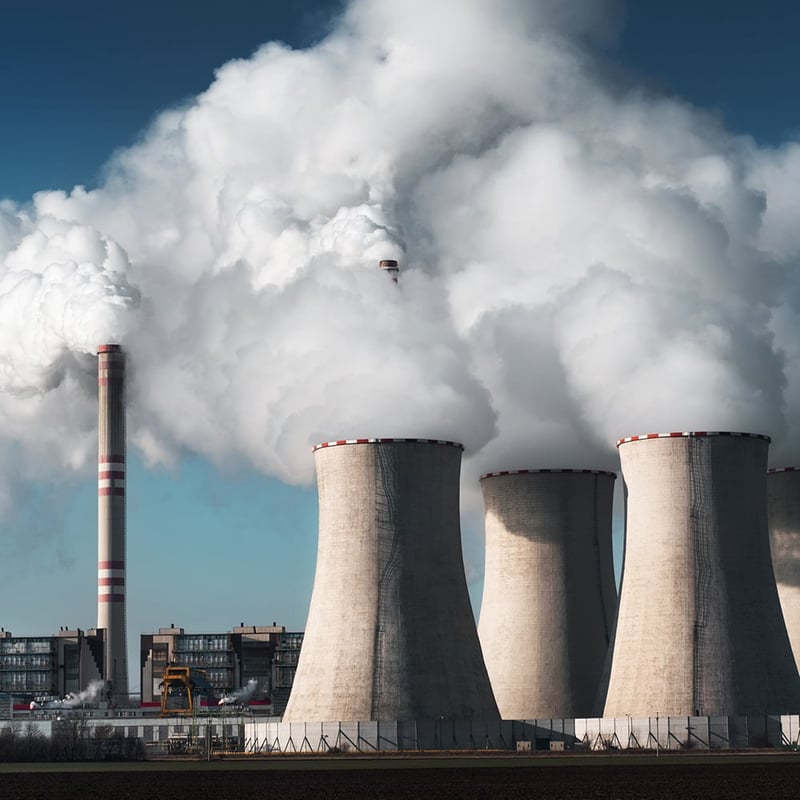
Out with the coal
The energy transition will leave many old fossil fuel power stations behind. But in the UK, there are plans to transform a defunct coal plant into a battery storage site. (bbc.com)

Rust never sleeps
A new 'reversible rusting' battery is being tested. It breathes in oxygen and converts iron metal to rust, and when the battery is charging, an electric current turns the rust back into iron, releasing oxygen. (energyglobal.com)
And finally …
Climate fiction that re-writes the future
Earlier this year, media organisation Grist organised 'Imagine 2200,' a global contest to find fictional short stories that depict preferable futures where solutions to the climate crisis thrive. Now, the twelve best contributions have been collected in Metamorphosis: Climate Fiction for a Better Future.

